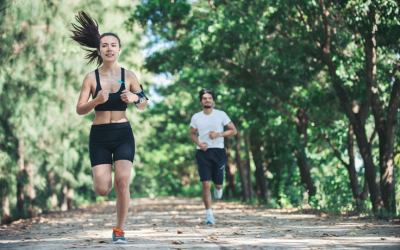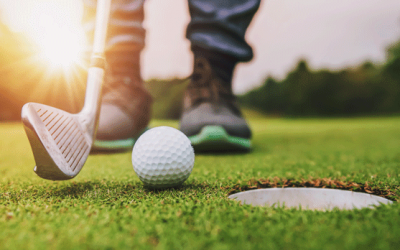In the springtime, when we are venturing into our gardens for the first time since the autumn, we are faced with a multitude of jobs. As we rush to get those jobs in the garden done, there is a risk that gardeners may injure themselves. Here are a few helpful tips to help ensure that you are well enough to enjoy the fruits of your labour come summer time.
Warm Up
Gardening can be a real workout; you need to warm up first. Don’t go straight into heavy garden work; start off with lighter jobs as this will lessen the chance of muscle strain or try going for a brisk five minute-walk first to help warm up.
Lifting
It’s easy to lift heavy pots, bushes, and full watering cans incorrectly and hurt your back.
To lift correctly, begin by squatting, not bending at your waist. Use both hands to hold the object, keeping it close to your body, and slowly straighten your legs as you lift.
Adopt a stable position before you start the lift. Your feet should be hip distance apart. Be prepared to move your feet during the lift to maintain this stable, broad base position. You should avoid wearing unsuitable footwear, such as flip flops, as this footwear will make this more difficult.
Ensure you have a good hold on the load. Make sure to hold the load as close to the body as possible. Try to keep your elbows as close to the body as you can; this will help to reduce the levels and so minimise the load on your back.
Know your limits! Don’t lift more than you can easily manage. If you pick something up and want to immediately put it back down then it’s too heavy for one person to carry. Try filling watering cans just halfway or consider alternative watering systems, such as soaker hoses for example.
Putting the weight down can often cause just as many injuries as lifting it up. If possible, put the weight on something waist height rather than the floor. If you do have to put it on the floor, try and keep your shoulders, hips and knees pointing in the same direction, have a ‘wide base’ and bend your knees rather than your back.
If you have to buy things like compost, sand or gravel in bulkier amounts, shovel the contents of the large bags straight into smaller containers or wheelbarrow from the back of the car.
A specialist garden trolley might be worth investing in to move these sorts of materials around, especially if you have lots of patio pots to move around as well.
If having items delivered, have them unloaded as close to where you need them as possible; this will save the effort of moving them again.
Digging
Use your body weight when digging to help avoid muscle strain. Lean your weight forward onto the shovel and let the weight of your body sink the shovel into the ground.
To begin lifting the dirt up, shift your weight to your back leg. Make sure you bend at the hips and knees, and not the back.
Move your whole body to where you want the dirt to go, and then just turn the shovel handle to let it fall there. As usual, any bending should be at the hips and knees to help you avoid using the vulnerable areas of your back to do the heavy work.
Weeding
Try adopting different positions when weeding to help protect your lower back.
Sitting
Sitting on a bucket or low chair while weeding can help you avoid putting pressure onto your lower back. You should make sure to sit with your feet planted firmly and evenly on the ground.
Kneeling
You can use a kneeler or knee pads to help. Make sure to keep a long spine from the top of your head to the bottom of your tailbone.
You can use your body weight to help in this position too. Instead of yanking the weeds out using just your arms, hold onto the plant and pull your whole body back. To do this, aim to sit back onto your heels. Allow your hip and knee joints to softly fold as you bring your body back.
Using a ladder
When using a ladder or steps, make sure you are always facing it, keeping your shoulders, hips and knees pointing in the same direction and, rather than leaning or over reaching, move the ladder regularly.
Any kind of ladder must be firmly and safely planted in position and, if possible, have someone else there to keep an eye on things.
Pruning
Pruning Get as close as possible to the things you are pruning and avoid over stretching to reach the area you are dealing with.
Invest in some long-handled secateurs to reach plants and bushes that are beyond normal reach. Long-handled tools can eliminate much of the bending required by planting and weeding. Long-handled trowels and cultivators can be helpful if bending forward causes or worsens your back pain.
Using a wheelbarrow
When it comes to moving the wheelbarrow make sure to bend from your hips and knees. This will allow you to pick up the wheelbarrow from underneath, which is more efficient and will give you more leverage.
It is a good idea to use an underhand grip. This will help you avoid wrist, arm, shoulder and neck strain when lifting the weight of the wheelbarrow straight up.
To empty the wheelbarrow, straighten all the way. Lean your weight forward onto your front leg. Keep a nice long line from your head, through your spine down to the very bottom (your coccyx bone). A long spine will help protect your back from injury and strain.
The most important rule for saving your back when using wheelbarrows is do not overload the wheelbarrow. It is better to make a couple of lighter trips rather than struggle with one heavy one.
If you have any questions, please feel free to get in touch.




